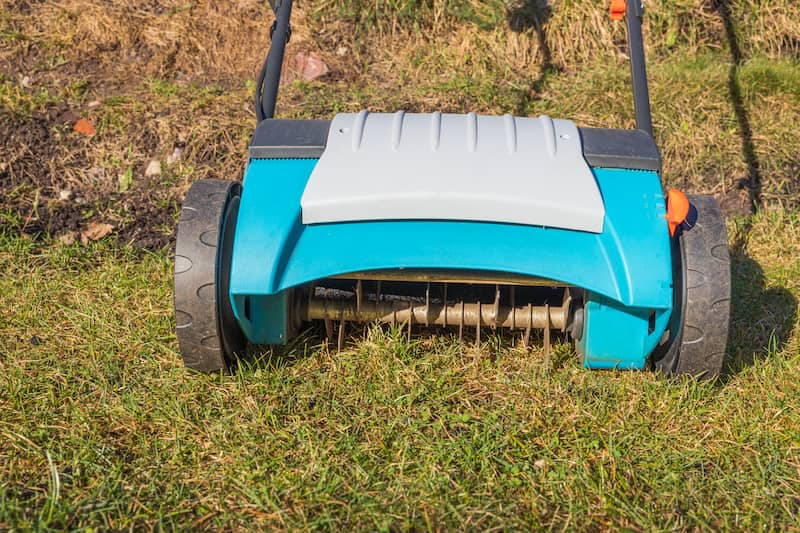The Role of Core Aeration in Sustainable Landscaping

As more homeowners and landscapers prioritize sustainable practices, understanding the importance of core aeration has become crucial for fostering healthy, eco-friendly landscapes. Core aeration is a natural method that enhances soil health and promotes robust plant growth, making it a key component of sustainable landscaping.
Core aeration involves removing small plugs (cores) of soil from the lawn or garden. This process creates openings that improve airflow, water infiltration, and nutrient absorption. It's a technique that benefits both established lawns and new plantings, and it can be done with either manual or mechanized tools.
Why Is Core Aeration Important?
Aeration helps alleviate soil compaction, which is common in heavily trafficked areas. When soil is compacted, it limits root development and water movement. By aerating, you encourage a healthier soil structure that can retain moisture and nutrients more effectively. With improved air circulation and access to nutrients, roots can penetrate deeper into the soil. This not only strengthens the plants but also promotes healthier and more resilient lawns and gardens.
Healthy soil contains a variety of microorganisms that play essential roles in nutrient cycling. Aeration fosters a thriving microbial ecosystem, which can break down organic matter more efficiently and make nutrients available to plants.
Proper aeration can also significantly enhance the soil's ability to absorb rainfall and irrigation, decreasing runoff. This not only conserves water but also reduces the likelihood of soil erosion, a common issue in sustainable lawn care.
Core aeration complements other sustainable landscaping techniques like composting and organic fertilization. By integrating aeration with these practices, you can create a holistic approach that nourishes your landscape while minimizing environmental impact.
Best Practices For Core Aeration
The best time to aerate depends on your grass type. For cool-season grasses, early spring or fall is ideal. For warm-season grasses, late spring to early summer works best. Most lawns benefit from aeration once a year, while heavily used areas may require aeration twice a year.
Before aerating, mow your lawn to a shorter height, and water it a day or two prior to the process. This helps the cores be removed more easily. Leave the plugs on the lawn for a few days to decompose and provide nutrients back into the soil. Following aeration, you might also consider top-dressing with compost or an organic fertilizer.
Incorporating core aeration into your sustainable landscaping routine is a straightforward yet impactful way to enhance your garden or lawn's health. Through improved soil structure, enhanced plant growth, and reduced water runoff, core aeration contributes significantly to a sustainable ecosystem. By investing in this practice, you are not only nurturing your landscape but also promoting a healthier environment for future generations.
Transform Your Lawn. Contact Our Lawn Care & Landscaping Experts In Lexington SC Today!